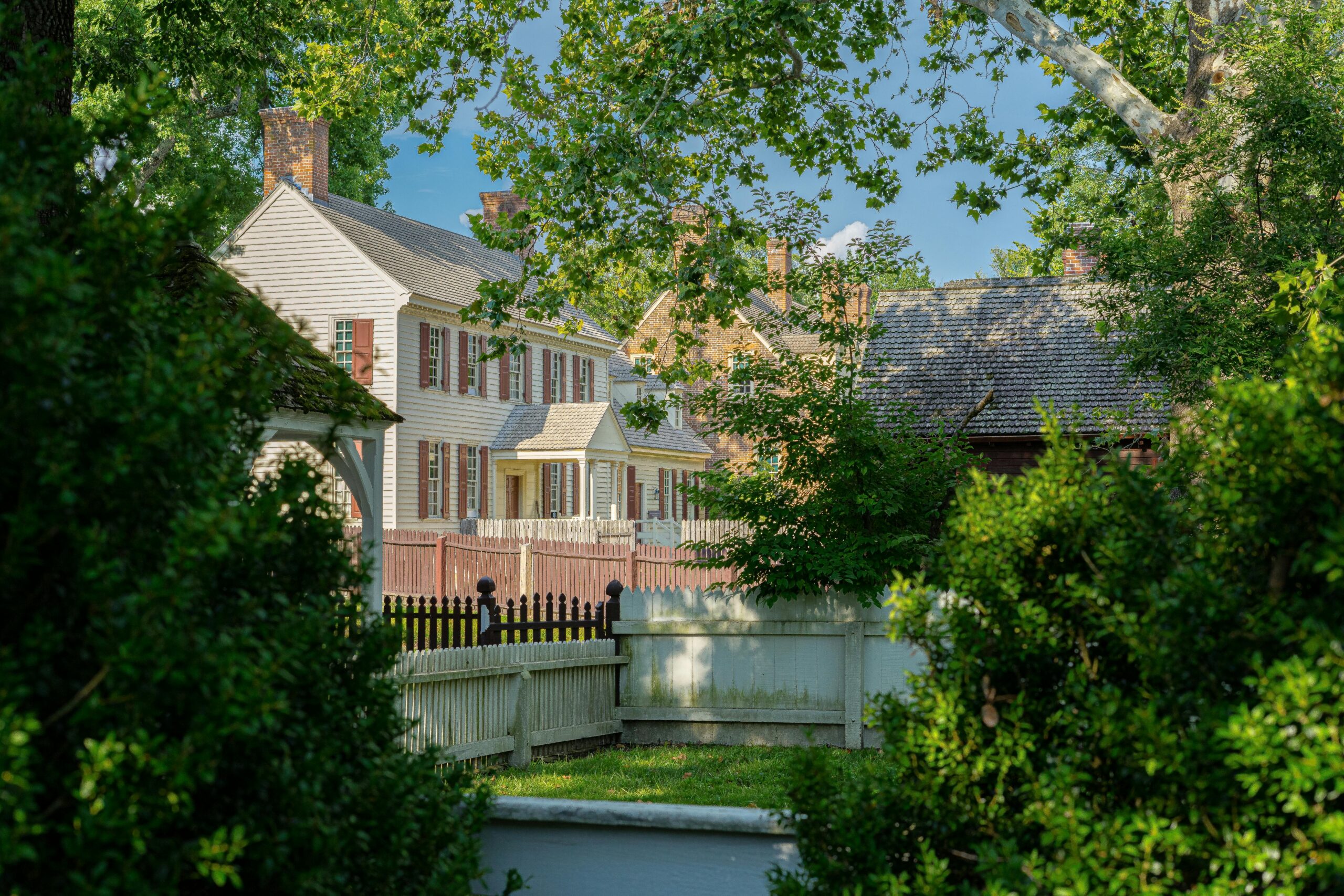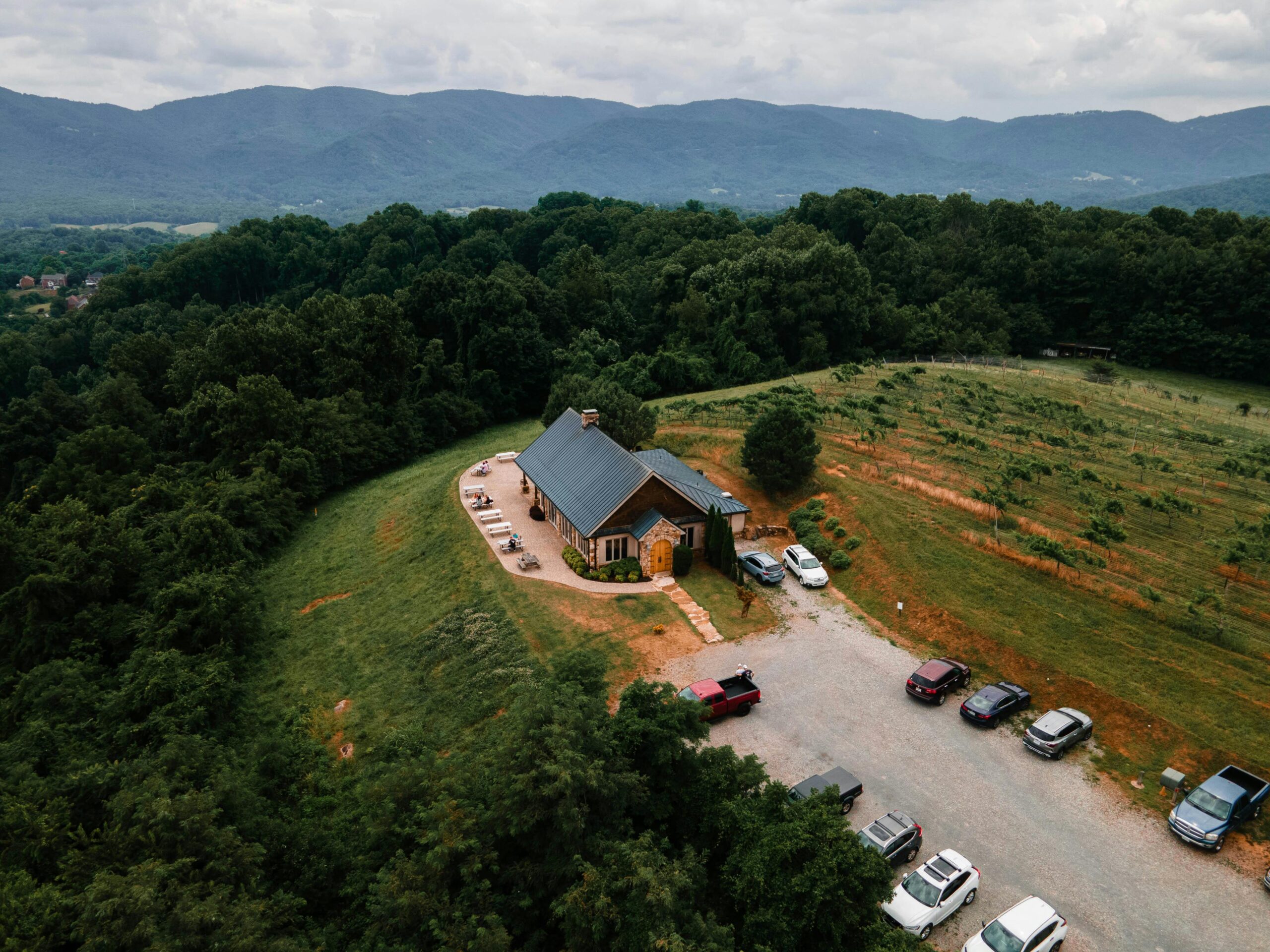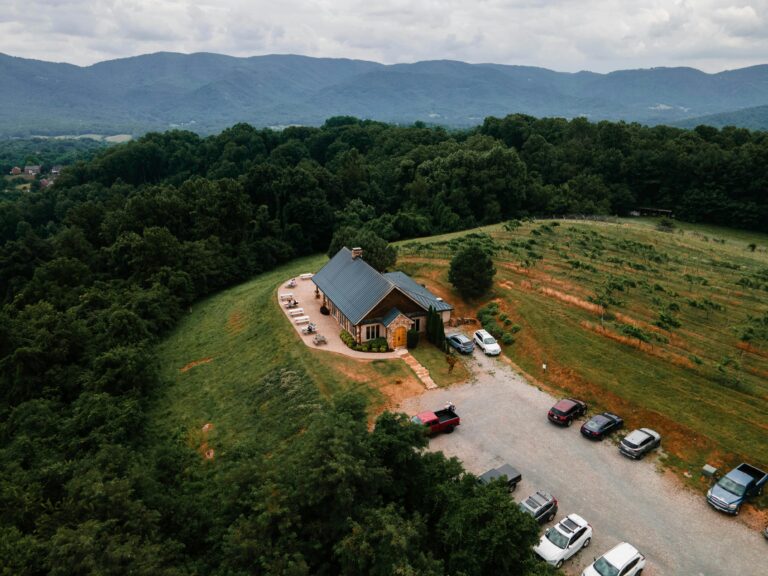
The Virginia housing market in August 2025 painted a picture of a pivotal shift, transitioning from the unrelenting, high-velocity frenzy of previous years toward a more measured and complex balance. While a casual glance at the numbers might suggest a cooling, a deeper dive reveals a nuanced story of sustained price growth, a long-awaited influx of inventory, and a market rhythm that is finally giving buyers a moment to breathe. The Commonwealth’s real estate landscape is no longer a one-note song of bidding wars and waived contingencies; it has become a multi-faceted symphony, with each region playing its own unique tune.
At a statewide level, the numbers from August reflect a market holding its ground on price while sales activity adjusted its pace. The statewide median sold price in Virginia reached approximately $430,000, a solid 3.6% increase from a year ago. This steady appreciation signals that the underlying demand for homes remains robust. However, this growth was accompanied by a noticeable deceleration in transaction speed. The total number of homes sold across the Commonwealth saw a 2.8% decrease year-over-year, settling at just over 10,000 units. Furthermore, homes lingered on the market for a median of 40 days, an eight-day increase from August of last year. This combination of rising prices and slowing sales volume is the clearest indicator of a market recalibrating.
The Driving Forces: Rates and Inventory
The primary catalysts for this change were a welcome dip in mortgage interest rates and a gradual, yet significant, expansion of housing inventory. Throughout August, the 30-year fixed-rate mortgage eased to a 10-month low, hovering around 6.56%. While still historically high, this drop provided a glimmer of hope and improved affordability for a contingent of prospective buyers, bringing some back from the sidelines.
Simultaneously, the supply of homes for sale showed signs of life. Across Virginia, active listings grew, giving buyers more options than they have had in years. This infusion of new supply, a direct response to a more rational market and sellers’ willingness to list their properties, began to loosen the vice-like grip of the extreme seller’s market. The increased inventory is the most critical factor influencing the market’s new rhythm, allowing buyers to conduct due diligence, schedule inspections, and in some cases, even negotiate on price—luxuries that were all but forgotten in recent memory.
Regional Snapshots: A Market of Microclimates
To truly understand Virginia’s real estate performance, one must look beyond the statewide averages and examine the distinct regional microclimates.
Northern Virginia (NOVA): The Return of a Balanced Pace
Nowhere was the market shift more pronounced than in Northern Virginia, the state’s most expensive and competitive market. According to the Northern Virginia Association of Realtors (NVAR), the region’s market in August reflected a “cooler pace of activity alongside continued price growth.”
- Prices & Sales: The median sold price in Northern Virginia rose to $750,201, a modest 1.7% increase from a year ago. Closed sales saw a slight tick up, increasing by 2.0% to 1,439 units. This solidifies the region’s long-term value appreciation, even as market dynamics change.
- Inventory & Days on Market: The most significant development was the massive jump in active listings, which soared by an astounding 36.4% year-over-year to 2,475 properties. This surge in supply gave buyers more homes to choose from, a fact reflected in the average days on market, which stretched to 26 days—a 44.4% increase from the previous year’s 18-day average.
This data suggests that while sellers in Northern Virginia still commanded high prices, buyers no longer felt the intense pressure to make snap decisions, a welcome relief after a period of unparalleled competition.
Richmond: A Hub of Resilient Activity
In contrast to NOVA’s moderating sales velocity, the Richmond metropolitan area demonstrated a remarkable resilience in both sales and prices. The region’s housing market was competitive, with prices up a strong 6.7% to a median of $400,000. More impressively, the number of homes sold saw a robust 15.8% increase from a year ago, indicating that buyer demand in the state’s capital remains exceptionally strong.
However, even Richmond was not immune to the statewide trend of a slowing pace. Homes in the city sold after a median of 19 days on the market, compared to just 12 days last year. This suggests that while more transactions are occurring, the time it takes to get to closing is lengthening, a potential harbinger of a more balanced market to come.
Hampton Roads: A Buyer’s Breather
The Hampton Roads region, encompassing cities like Virginia Beach and Norfolk, provided some of the most encouraging news for buyers. The number of active listings in August hit a five-year high, with 5,709 homes on the market—an 18.7% jump year-over-year. This significant increase in supply gave buyers more negotiating power and variety in their home search.
Despite this increased supply, prices continued to climb, with the median sales price reaching $370,000, up 5.6% from August 2024. This trend underscores the persistent demand for homes in the area, particularly for those seeking a desirable coastal lifestyle. The market’s pace also slowed, with the median days on market extending to 25 days, a modest increase but a clear indication of the shift in buyer leverage.
Roanoke: Pockets of Strong Growth
In the western part of the state, the Roanoke market held its own. Home prices were up a solid 6.4% compared to last year, with a median of $250,000. The number of homes sold also saw a substantial increase of 18.7%. While the market remained highly competitive, the median days on market stretched to 31 days, a full 14 days longer than last year, suggesting that even in smaller markets, the era of immediate, sight-unseen offers is fading.
For Buyers and Sellers: Navigating the New Normal
For buyers, August was a pivotal month of opportunity. The combination of easing mortgage rates and expanded inventory offered a reprieve from the intense competition of the past. Buyers could, for the first time in a long time, take a more deliberate approach, with a greater likelihood of finding a home that meets their criteria without having to compromise on inspections or appraisal contingencies.
For sellers, the narrative is shifting. While price appreciation is still a powerful force, the days of listing a home and expecting multiple above-asking-price offers within hours are becoming less common. The longer days on market across the state indicate that sellers need to be more strategic with their pricing and presentation. Staging, curb appeal, and a realistic pricing strategy are no longer optional but essential tools for success. The market still favors sellers, but it demands more from them in return.

The Outlook for Fall
Looking ahead, the trends from August suggest a more measured cadence for the remainder of 2025. With a more balanced market, buyers are expected to continue benefiting from greater choice and a slower pace. At the same time, steady price appreciation in key regions reinforces the long-term strength of the Virginia housing market, which remains a highly competitive and desirable place to live. The August report is a clear signal that the housing market, while still strong, is no longer defined by the chaos of its recent past, but by a healthier, more sustainable rhythm.





